For the past 30 years, Armenia has lived in the shadow of the walls it built itself. Closed borders, shrinking trade routes and costly logistics have pushed its economy to the periphery of global markets. Though centrally located on the map, the country has become an isolated island in the vast landscape of international trade.
Now, an unprecedented opportunity to redraw this map is within reach: the Zangezur Corridor. More than a mere geographic passage, it is the heartbeat of a new trade artery stretching from Asia to Europe. Trains, truck convoys and fiber optic cables will pulse through this narrow bottleneck, linking the eastern and western Eurasian economic spheres.
For Türkiye, it promises seamless access to Central Asia; for Azerbaijan, a vital strategic lifeline to the West. The European Union views it as an opportunity to diversify its supply chains, while the United States sees it as a geopolitical lever to counterbalance Russian and Chinese influence. For China, it bolsters the “Middle Corridor” to Europe, trimming export costs for Central Asian states. Russia approaches the corridor with caution, though it aligns with U.S. strategic aims. Moscow could preserve its geopolitical sway and logistics revenues by controlling security and transit along the route. Iran faces a double-edged sword: the risk of losing transit dominance, but also an opportunity to access new markets. Yet, Armenia’s historically closed stance and political inflexibility have remained the greatest obstacles to this transformation.
But no door remains open forever. The corridor could become Armenia’s economic bridge, or a silent witness to a missed opportunity. The choice rests with Yerevan: Will it be a bridge or a barrier? After nearly three decades of isolation, the pivotal question is whether Armenia’s infrastructure and institutional capacity are prepared to embrace openness. Is the integration of logistics networks, energy security, customs efficiency and investment climate sufficiently robust to fuel sustainable foreign trade growth? Or will Zangezur emerge as a symbol of lost development rather than a symbol of global integration?
Armenia’s economic reality
In 2024, Armenia’s gross domestic product (GDP) was estimated to be around $20 billion, ranking 132nd globally and representing the smallest economy in the Caucasus, according to World Bank data. With a per capita income of $6,500, it sits roughly 110th worldwide. Behind these figures lies a fragile economy: over one-third of the economy relies on the services sector, while about a quarter depends on diaspora remittances, which exceed $3 billion annually, accounting for nearly 15% of GDP. Armenia’s industrial base remains narrow, dominated by metallurgy (notably copper and molybdenum), as well as processed foods and brandy production. The agricultural sector, centered on wine grapes and fruit, struggles with low productivity and small-scale operations.
Trade imbalances persist, with imports nearly doubling exports. Russia commands 35% of Armenia’s trade, followed by the EU and Iran. However, every transaction carries a substantial “geographical disadvantage tax” due to closed Turkish borders, dependence on Georgian ports and prolonged transit times.
Trade with Türkiye remains minimal, at around $50 million in 2024, due to border closures and high logistics costs. The corridor’s opening is expected to boost trade volumes, predominantly favoring Türkiye significantly. This growing economic interdependence may also serve to temper political tensions.
Foreign direct investment (FDI) remains limited, at approximately $400 million in 2024, according to the United Nations Conference on Trade and Development, which is only a fifth of neighboring Azerbaijan’s inflows. Armenia’s small domestic market, geopolitical risks and insufficient connectivity continue to dampen investor enthusiasm. Its economy turns slowly on the global stage; the Zangezur Corridor offers a rare chance to accelerate momentum.
Logistics efficiency, market depth
The Zangezur Corridor holds the promise of significantly reducing supply chain costs and transit times, thereby substantially enhancing logistics efficiency along Armenia’s trade routes. Such improvements would empower exporters to implement competitive pricing strategies, strengthen supply chain agility and respond swiftly to shifting global demand.
Beyond cost savings, the corridor will broaden market access, opening Armenian producers to deeper and more diversified export opportunities. This expanded reach would enable domestic manufacturers to leverage economies of scale, reduce unit costs, and diversify their product offerings to better serve a broader range of markets.
Yet, these potential gains are far from automatic. Their realization depends critically on Armenia’s ability to upgrade infrastructure, strengthen institutional frameworks and sustain political stability. Persistent deficiencies in logistics networks, customs inefficiencies and uncertain trade policies risk curtailing the corridor’s economic impact.
Moreover, Armenia’s export profile remains heavily weighted toward low-value commodities and semi-processed goods, which limits its global competitiveness and hinders sustainable export growth.
While emerging revenue streams in the energy and logistics sectors could attract foreign investment, prevailing geopolitical tensions and regional security concerns foster investor caution.
Ultimately, the Zangezur Corridor can be a potent catalyst for Armenia’s economic revitalization, but only if accompanied by comprehensive structural reforms and a long-term strategic vision committed to overcoming entrenched challenges.
Regional shadows, internal challenges
The Zangezur Corridor is more than steel and stone; it is a complex web of geopolitical interests intricately woven into the fabric of regional power dynamics. The stances of influential actors, such as Russia and Iran, introduce layers of uncertainty, shaping the corridor’s strategic trajectory and its future viability.
Domestically, Armenia grapples with deep-seated political divisions and persistent pressures from diaspora communities, complicating efforts to leverage the corridor’s economic potential fully. These internal fissures threaten to dilute the coordinated policy action necessary for sustainable success.
Investor confidence remains fragile, buffeted by ongoing regional tensions and glaring infrastructure deficits. This fragile trust restricts much-needed foreign investment, slowing the pace of economic growth tied to the corridor.
Sustaining the corridor’s vast promise demands meticulous navigation of both regional geopolitical complexities and intricate domestic dynamics. Only through strategic and coordinated management of these intertwined factors can Armenia unlock the corridor’s full potential and embark on lasting economic transformation.
It is up to Armenians now
Armenia stands at a critical crossroads, facing the prospect of either prolonged economic stagnation or renewal. The Zangezur Corridor is more than a transit route; it is a profound financial and diplomatic test. If Yerevan seizes this opportunity with a decisive strategy and resolve, it can emerge as a stronger, more visible player in regional trade.
Achieving this will require accelerated infrastructure upgrades, political stability, reinforced institutional capacity and, critically, balanced relations with neighboring states. Without such comprehensive efforts, Armenia risks missing the integration window, condemned to remain an invisible actor on the regional economic stage, marked by lost opportunities.

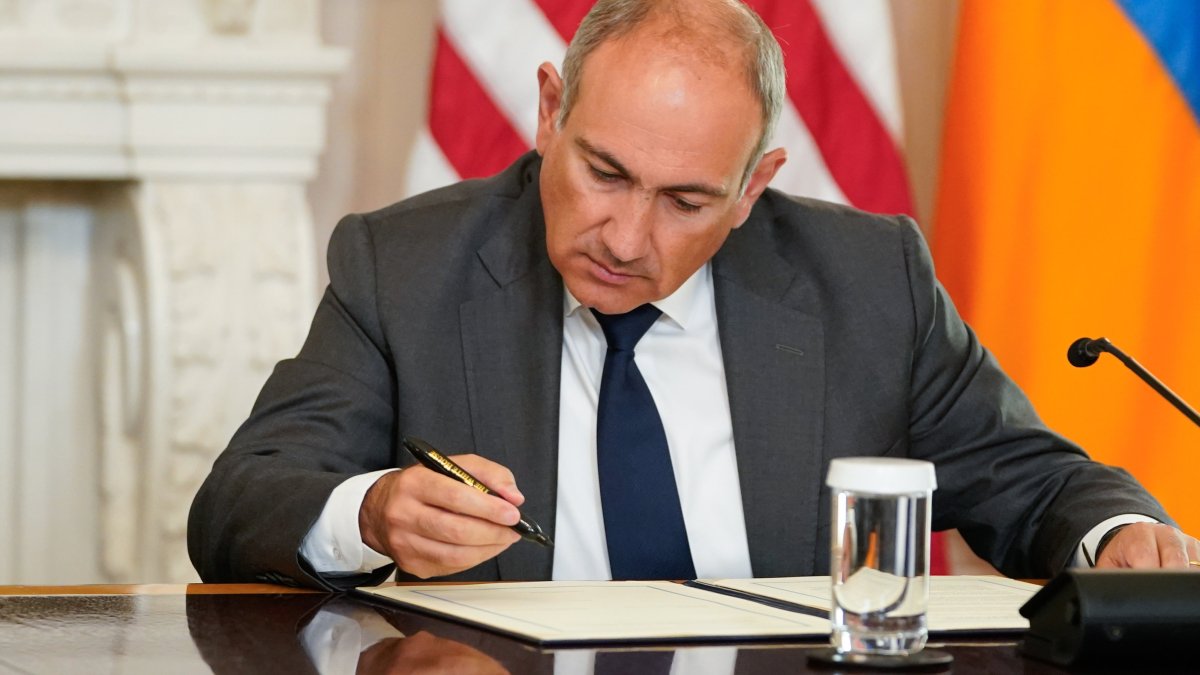

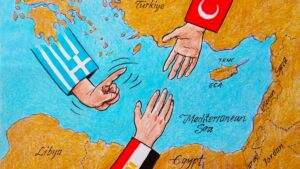

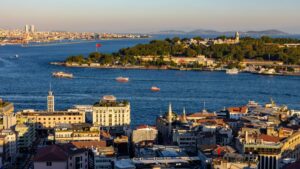
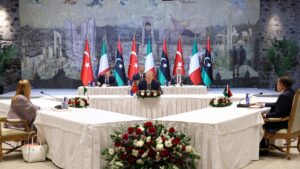
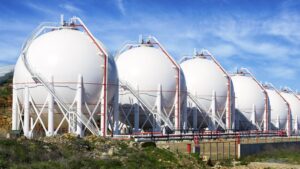




















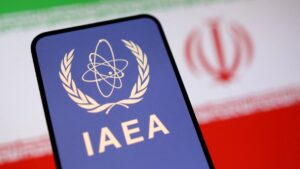
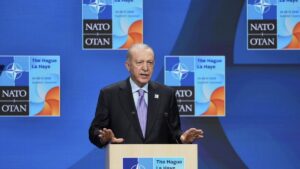





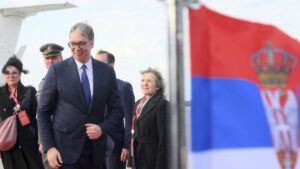







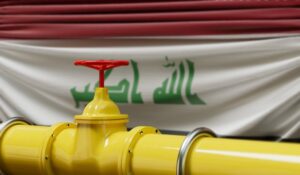


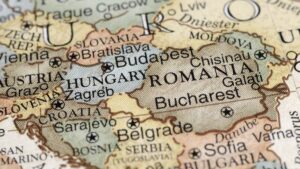





Be First to Comment